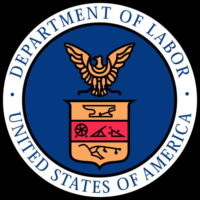According to the Insulation Institute, Energy Efficiency for All recently released a new report, “Guidance for Specifying Healthier Insulation and Air-Sealing Materials.” The new report is a supplement to a publication produced last fall, “Making Affordable Housing More Energy Efficient: A Guide to Healthier Upgrade Materials,” which ranked insulation materials used in multifamily residential insulation retrofits from least to most hazardous. According to the report, fiberglass insulations are among “the best insulation materials from a health perspective…and we recommend their use whenever possible” in residential multifamily housing stock.
“Guidance for Specifying Healthier Insulation and Air Sealing Materials” provides information that can be used to evaluate and select healthier products and write project specifications that incorporate healthier insulation and air-sealing materials for energy efficiency upgrade projects in multifamily housing.
The guide provides references to the scientific literature on the health impacts of building upgrades and materials and the methodology behind its recommendations. It also provides detailed research into the common content of various insulation and air-sealing materials as well as a table ranking the materials based on the constituent ingredients in the insulation products. The report recommends loose-fill fiberglass and fiberglass batt insulations over all forms of spray foam and cellulose insulation, including loose-fill, dense-pack, and wet-blown cellulose.
For building owners and residents, there are many benefits to completing a multifamily insulation retrofit job, including improved health outcomes for residents, lowering home energy costs, and improving building energy efficiency. This guide provides the most up-to-date information on the general health profile of insulation and air sealing products so that building industry professionals can make informed decisions regarding the insulation products they specify and use.


